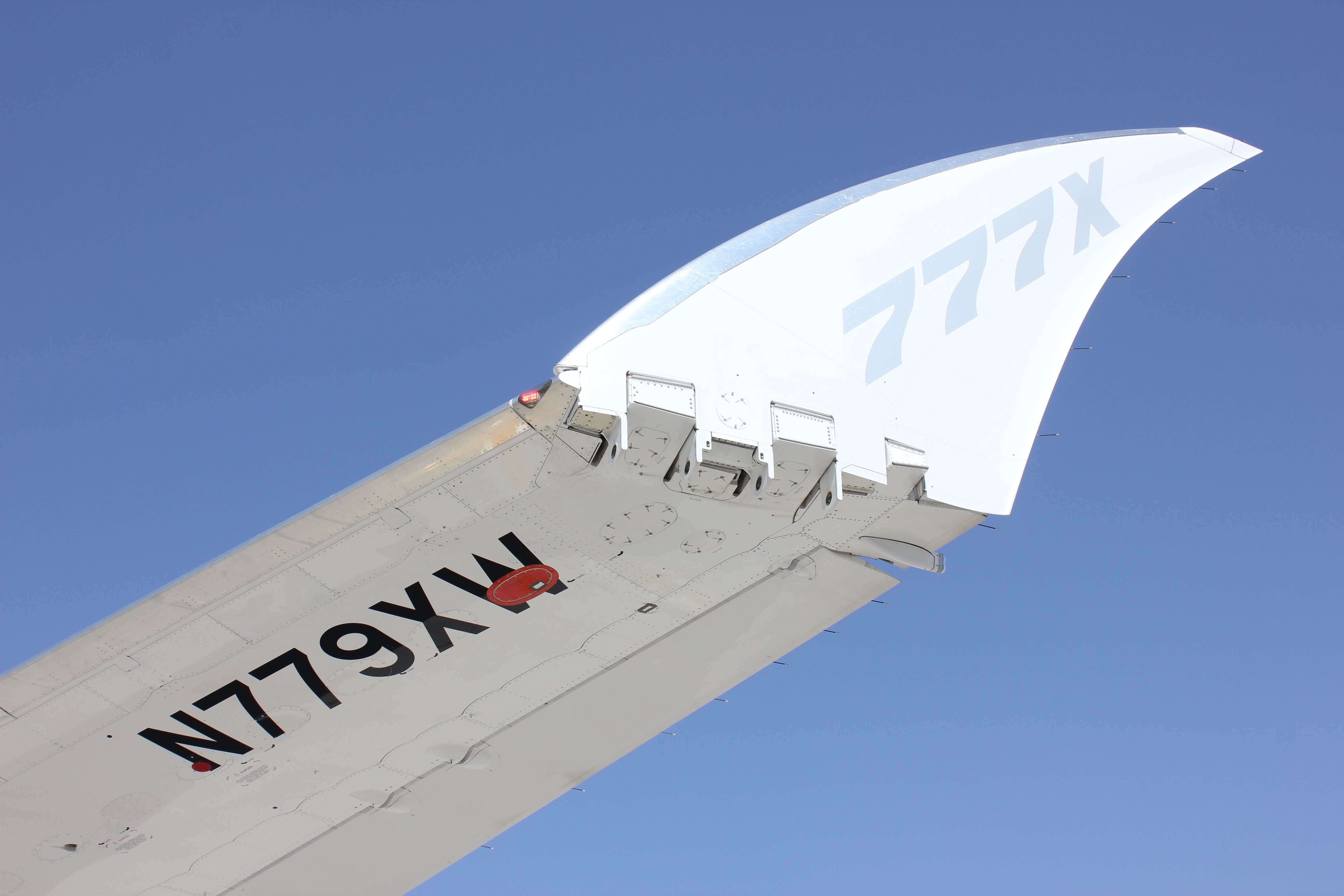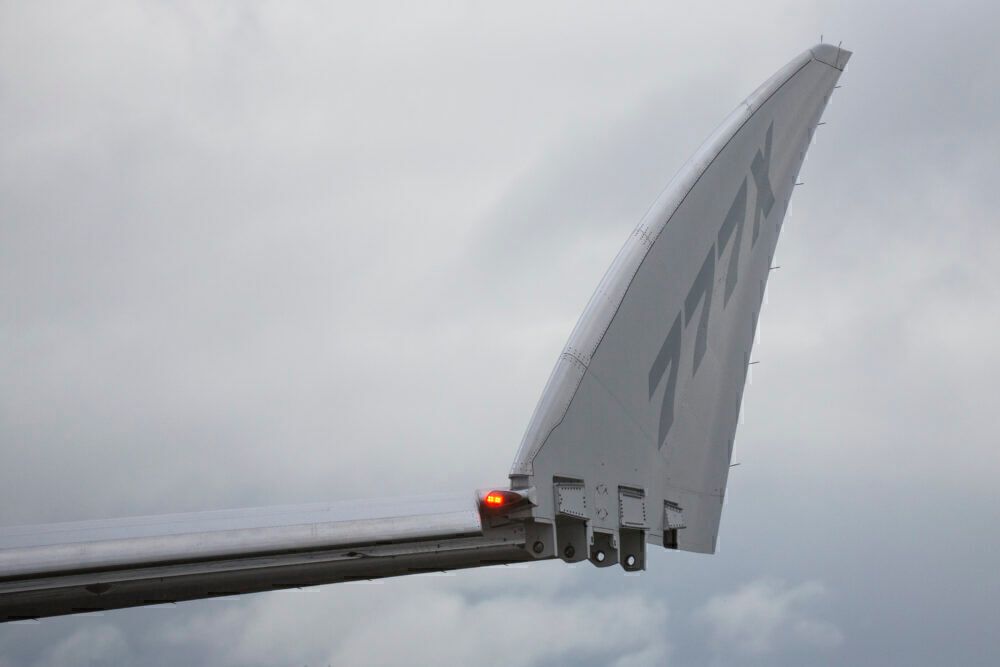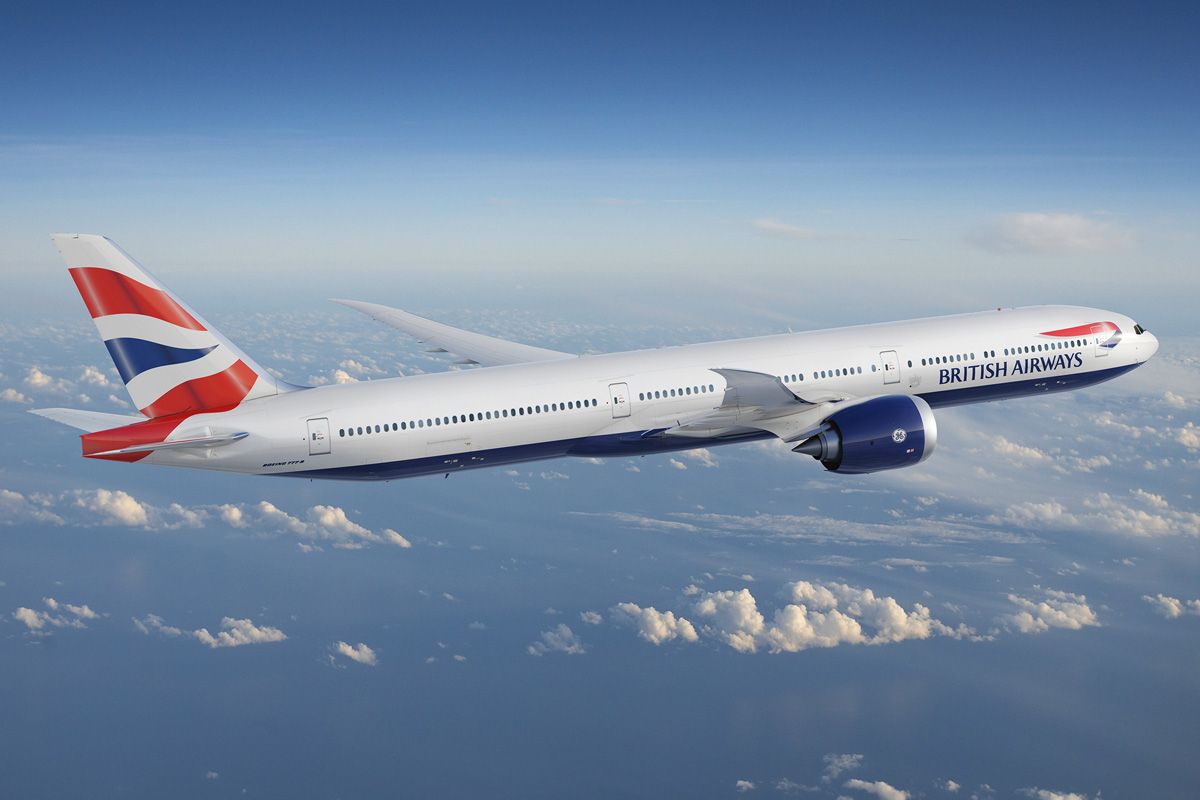Introduced in 1990, the Boeing 777 is the manufacturer's largest aircraft. In 28 years, Boeing has upgraded the model only once. The third generation, or 777X, was announced in 2010 and is expected to enter service in 2025.
Boeing created the 777X to increase fuel efficiency, reduce operating costs and be more sustainable overall. It achieved this by revamping major components of the existing 777 models.
The manufacturer has used the 787 Dreamliner as the inspiration and benchmark of what the 777X should be. The majority of the technology and systems of the 777X can be traced back to the 787. But the feature that has the aviation industry in a frenzy - the folding wingtips - is exclusive to the 777X.
The why
The folding wingtips of the 777X reduce the aircraft's wingspan from 71.8 m (235 ft 5 in) to 64.8 m (218 ft 8 in). A reduction of 7 m (23 ft) might not seem like a lot, but it has a considerable effect.
Folding the wingtips changes the 777X from a Category F aircraft to a Category E. This change is incredibly important because most major airports worldwide are Category E airports. If the 777X remained a category F aircraft (the same category as the Airbus A380), it would severely limit the number of airports it can fly to.
Airlines would have very little reason to buy an aircraft that can't fly to the airports they want, so Boeing found a workaround.
The technology
Folding wingtips on a jetliner isn't a new or novel idea. It has existed since Boeing patented the technology in the 1990s, at roughly the same time it introduced the original 777. It was also offered as an option in the previous generations of the 777, but it wasn't utilized because it wasn't necessary.
It took the competition two decades, but in 2014, Airbus also secured a patent for its version of folding wingtips.
The how
The entire mechanism is operated by a switch that matches the position of the wingtips to allow pilots to know what orientation the wingtips are quickly. Flipping the switch from vertical to horizontal unfurls the tips and prepares the aircraft for code F operations or takeoffs.
Once the switch is flipped, the wingtips will lock in the takeoff position within 20 seconds. On the flip side, after landing and slowing past 50 kts, the wingtips will automatically begin to fold. Pilots can monitor the orientation of the wingtips through new iconography on the EICAS.
New wings
The focus of the 777X aerodynamically are its brand-new wings. Boeing changed the design and made the wings much larger, increasing surface area and, more importantly, wingspan. The increase in the wingspan allows the aircraft to have a higher aspect ratio, which increases lift production while keeping other factors like speed and thrust constant.
These wings are also curved like that of the 787. They curve upwards towards the root and downwards towards the tips. The shape of the wing changes the airflow over the surface to reduce drag, thereby improving fuel consumption and efficiency.
The new wings are also made primarily of composite materials, mainly carbon fiber, increasing rigidity and offering significant weight savings. To save more weight, the company opted to use the raked wingtips, which are lighter and more efficient at reducing induced drag than winglets.
The aircraft has been delayed multiple times, but the platform is being tested almost daily in hopes of being certified as soon as possible. Boeing hopes to deliver the aircraft to its eager customers in early 2025.





